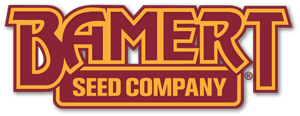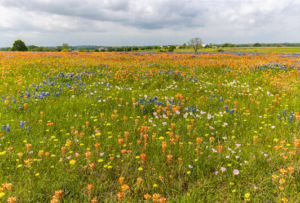Bamert Seed Company’s dedication to providing the best has allowed us to offer over 400 species of high-quality native grasses, forbs, and legumes. The species and varieties we produce have been carefully selected to match the soil and climatic conditions of the Southern Great Plains and beyond, making them adaptable to most areas in the Southern US. Our seed has a wide variety of uses including reclamation, prairie restoration, pollinator habitat, DOT projects, conservation programs, wildlife habitat, and wildlife food plots. Our people and processes allow us to have great confidence in our product.
Whether you’re working on a land reclamation or restoration project, you know how important it is to choose high-quality seeds to plant and establish native species. You don’t want to spend valuable time planning, prepping, and planting, only to find that your seeds didn’t sprout. It’s important to choose the right seed, but to also have a partner who will offer guidance on your project: what to plant, as well as when and how.
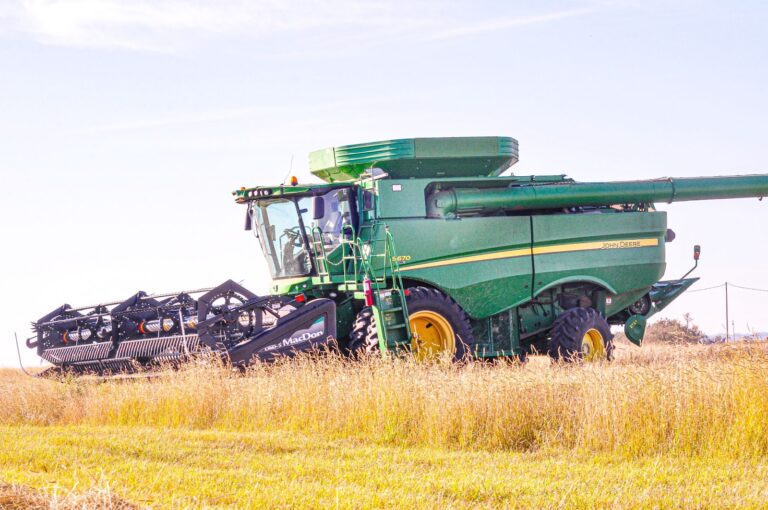
The Life of a Bamert Seed
If you’re reading this, chances are strong that you already have an idea of the value native grasses and flowers can bring valuable, such as improved soil health, increased biodiversity, and more sustainable ecosystems. But what exactly makes a seed high-quality? And how do you ensure you’re getting the best seed for your project?
Planting
Our production team carefully selects which field at Bamert Farms is best for each species being planted. We take into consideration each seed’s needs, including ideal soil, temperature, and moisture. We offer both cool and warm-season grasses, so we are planting throughout the year as needed. You can learn more of our tips for a successful seeding here.

Blooming
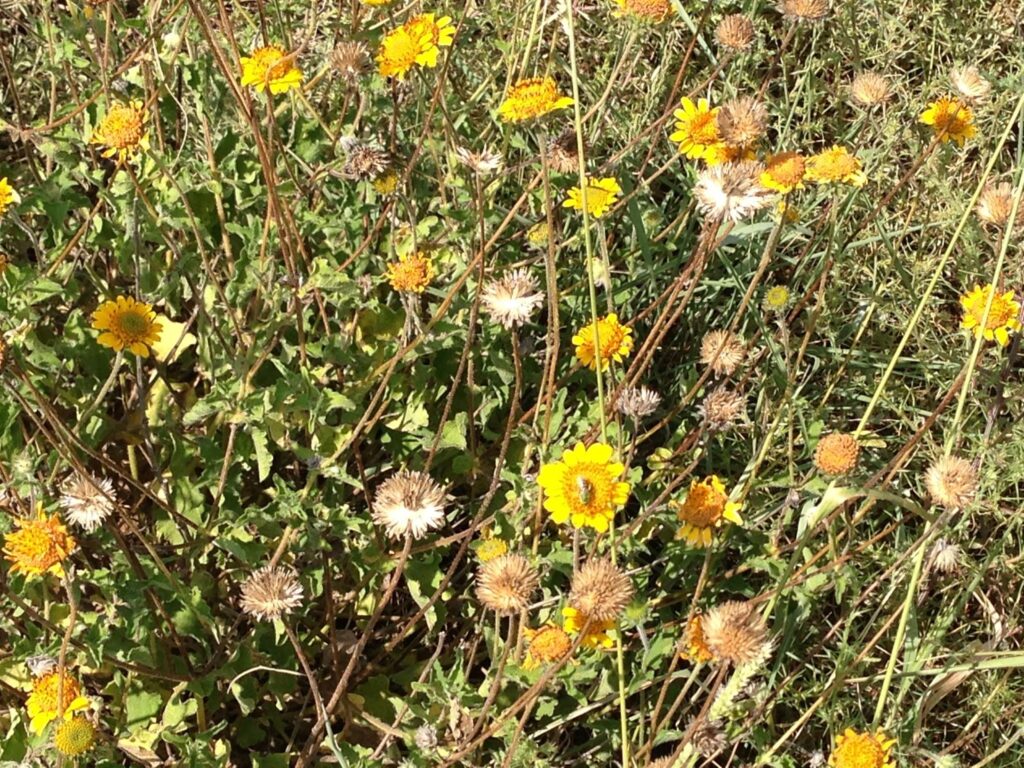
Planting native species requires the use of a native seed drill to be certain the seeds aren’t planted too deeply, given the best outlook for a fruitful blooming. After planting, the majority of our seeds bloom from early summer to early fall, providing a colorful and vibrant display. While we wait for each crop to fully mature, our team is busy managing weeds and fertilizing when necessary, visiting the fields each day to see how the plants are doing, and making notes of growth and development.
Harvesting
While our main harvest season is from June through August, we have some species that we harvest outside this window. Our production team harvests the fields with top-of-the-line equipment, ensuring a successful and efficient harvest. We are diligent about cleaning equipment as we work with different species so that there is no crossover in our final product.
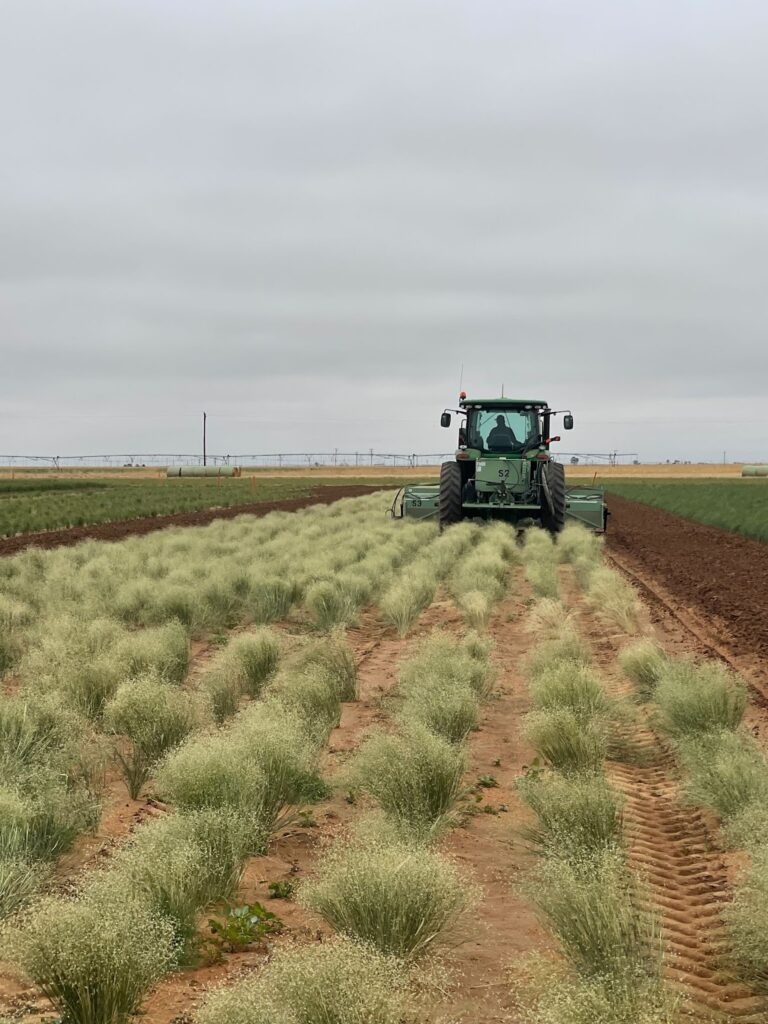
Cleaning
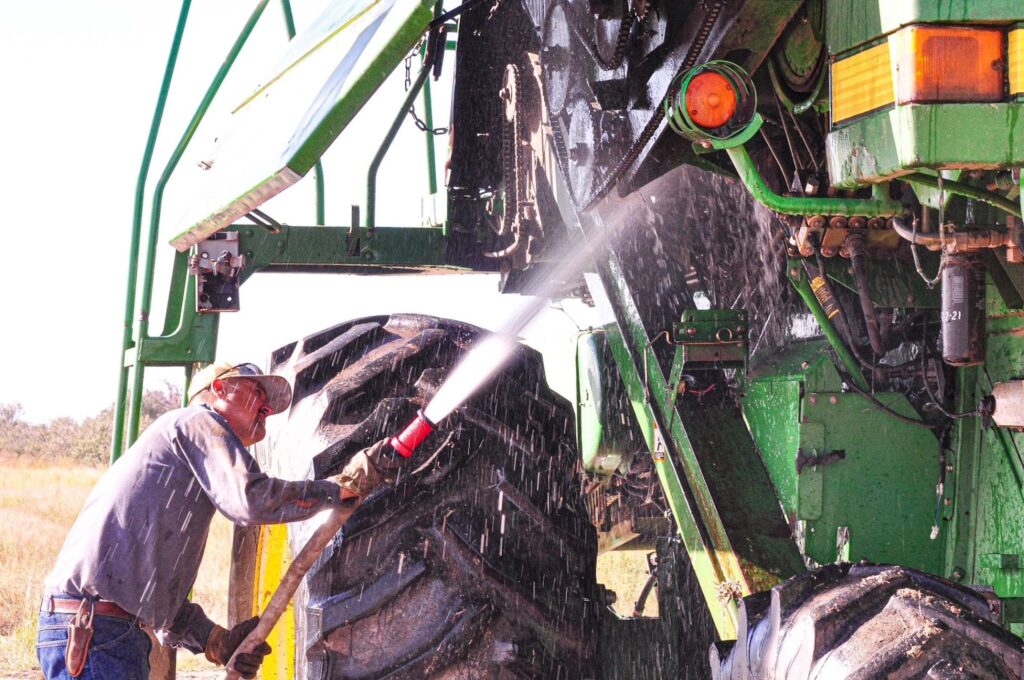
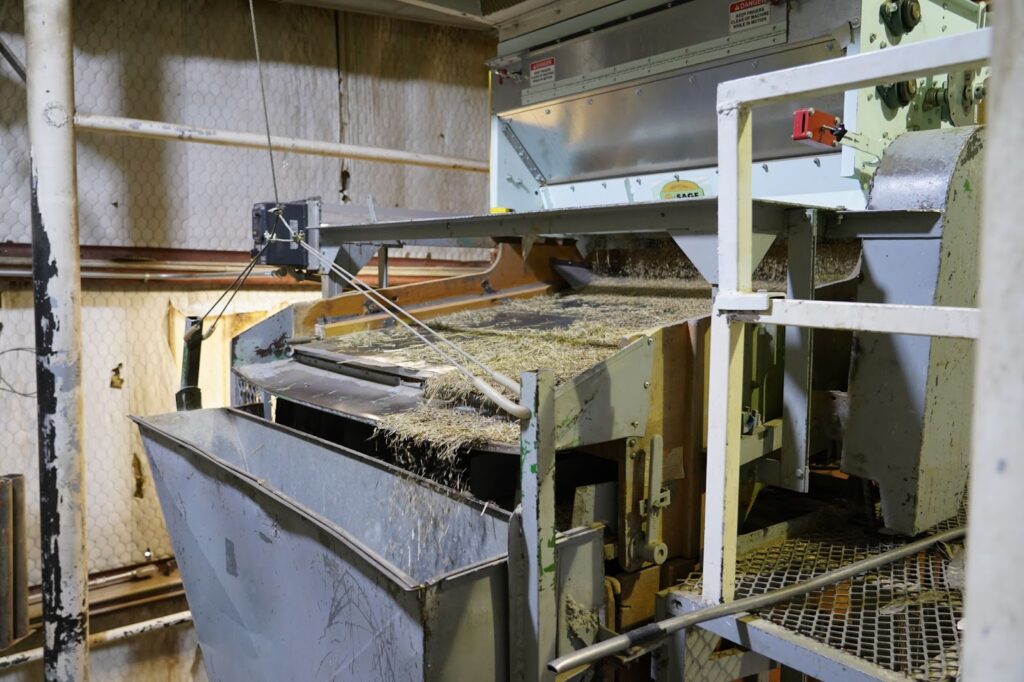
Once harvested, the seed is brought into our warehouse and thoroughly dried to remove all moisture. Once the seed is completely dry, it is run through a cleaner, removing any weed seeds, other plant seeds, and any debris or dirt. This step is critical in ensuring the seed is pure and high-quality and will be successful when planted by our customers.
Bagging
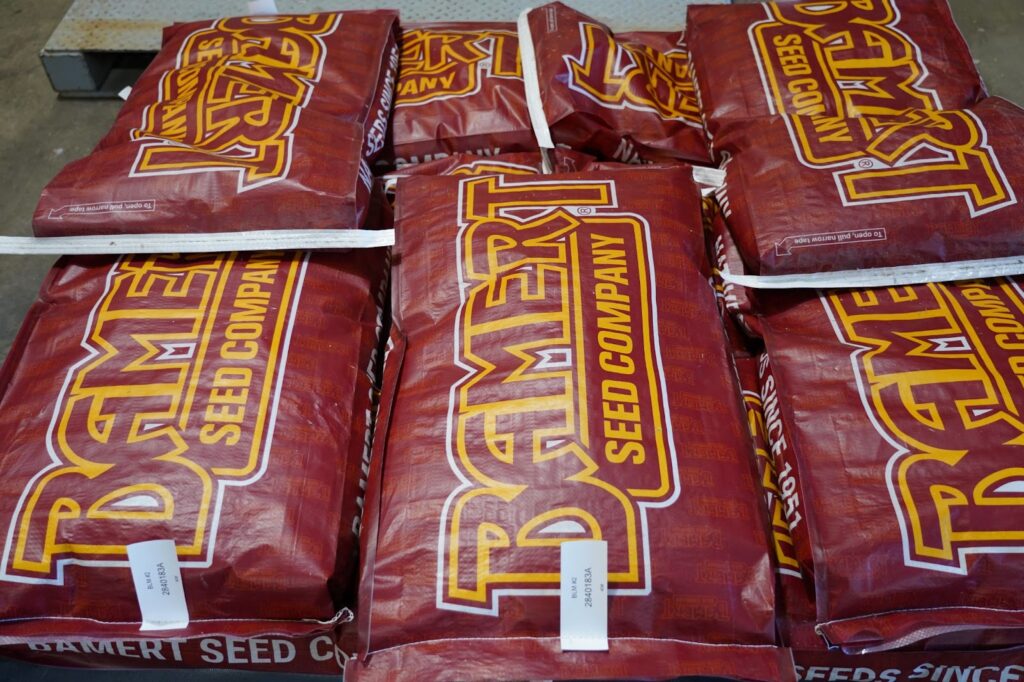
Once cleaned, the seed is stored in Bamert bags in our warehouse, awaiting further testing and shipment. Because every step of our process from planting to shipping is done in our own facilities, we have complete control over the quality of our seed. You can trust that every product you purchase from Bamert has been handled with the utmost care.
Testing
We send out samples of all cleaned seeds to be tested for purity, germ, dormancy, and weed seed. This helps us determine if the seed needs further cleaning or if it’s ready to sell. Our Specialists and Production teams review these results each day and use them to make adjustments to future crops.
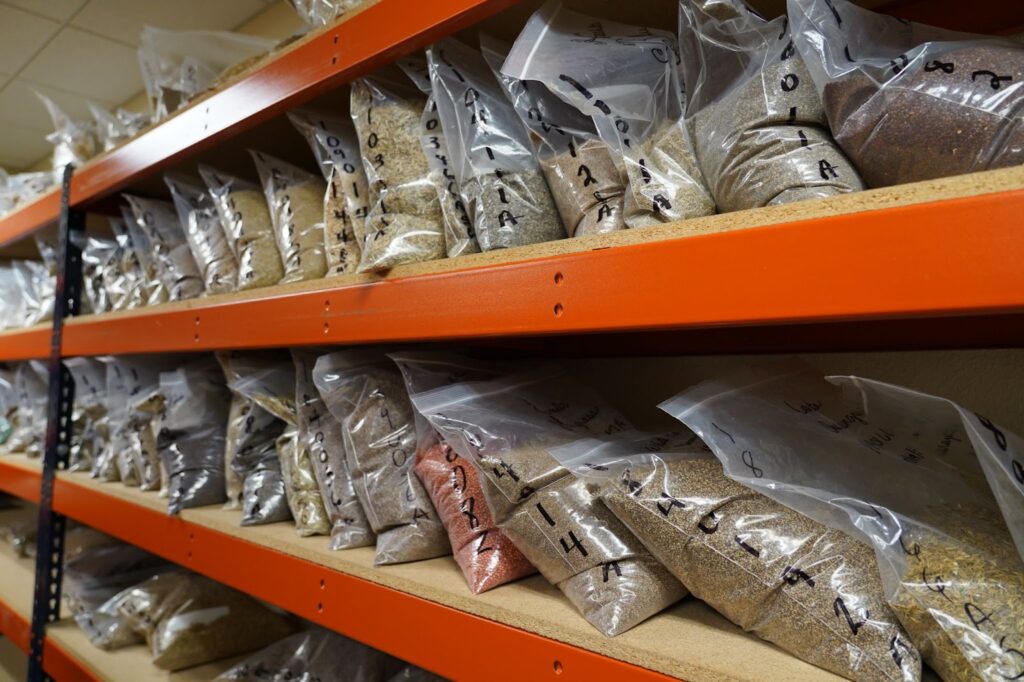
Shipping

Once testing determines a seed is ready for sale, it is made part of our available inventory. When an order comes in, our shipping manager finds the stored seed location and chooses the best-tested seed. Our order fulfillment team will mix the required amount of seed, bag it for the customer, and ship it to their door within an average of 3-4 days.
And there you have it. At Bamert Seed Company, we believe that high-quality seed is the key to successful land reclamation and restoration projects. Whether you’re a project manager reclaiming land after road construction or an oil pipeline, a farmer or rancher restoring prairie lands, or the owner of a solar farm looking to improve your ecosystem, choosing pure, high-quality native seed will ensure your project is a success.
